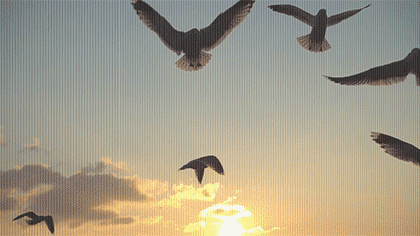
Lenticular Printing Artwork Preparation
It"s not as difficult as you might have thought

Lenticular printing is broadly divided into two primary categories, distinguished by their visual effects: 3D and animation. These categories encompass various visual effects, including the illusion of objects protruding or receding for 3D and dynamic animation effects like flipping, zooming, morphing, and any kinds of motion. The process of preparing artwork varies significantly between these two categories, and this guide seeks to elucidate the specific requirements for achieving each visual effect.
There are two methods for creating 3D lenticular effects: Native true 3D and 2D to 3D conversion. The selection between these approaches is contingent upon the accessibility of source images.
To generate the source images for an authentic 3D lenticular print, follow a sequential image capture process along a linear path. One approach is to affix a camera to the far-right side of a slider, capture an image, shift the camera left by a specified distance (e.g., 2cm), capture another image, and repeat until reaching the slider's left edge. Typically, 8 to 20 pictures are necessary to compose a comprehensive lenticular sequence.
For a more dependable and automated workflow, consider employing a programmable dolly like the 3Dependable Dolly.
After capturing the images, align them to a focal point and adjust the image size to your preference using Photoshop. For a detailed walkthrough of this process, refer to this instructional YouTube video.
When photographing actual objects is impractical, particularly for newly conceptualized products created in 3D software, employing a virtual camera within the modeling environment becomes essential. Enhance the scene using software functionalities, and generate a lenticular sequence by maneuvering the virtual camera along a linear path. Import these images into Photoshop as individual layers, mirroring the process used for real objects.
If acquiring real 3D images, whether for tangible or virtual items, proves challenging, contemplate transforming a 2D image into a 3D representation. It is preferable for the 2D picture to feature distinct foreground, midground, and background elements. In instances where achieving separation poses difficulties, our skilled artists can manage the conversion for you, albeit with a slightly prolonged turnaround time.
Preparing artwork for animation is more straightforward when compared to 3D. Take, for instance, a 2-image flip lenticular, which only necessitates a 2-layer Photoshop file or two separate JPG files. Similarly, effects like zoom, morph, and video involve variations of flips with additional frames and layers.
To minimize ghosting in a flip animation, select images that share similar color and contrast characteristics. Steer clear of substantial, uniformly colored areas that differ in position across consecutive frames.
Ghosting in animation can play a dual role, acting as both an ally and a hindrance. When animation frames are closely connected, ghosting can amplify the visual impact, as seen in the blooming of a flower. However, its presence can diminish the quality of the viewing experience when frames involve distant objects, like a bird flying across the screen. To ensure a high-quality viewing experience, prioritize smooth transitions between frames, avoiding abrupt changes unless intentional for a specific effect.

For compact prints like postcards, ensure a 1/4-inch bleed on both the left and right edges, and a 1/8-inch bleed on the top and bottom edges of the artwork. For larger prints like posters and murals, provide a 1-inch bleed on both sides, and a 1/2-inch bleed for the top and bottom edges.
Both RGB and CMYK modes are applicable, although CMYK is the preferred choice for offset printing, especially when producing large quantities.
Make sure that the resolution of all artwork is 300 DPI or above to achieve the best print quality.
The resolution of prints can be influenced by lenticular lens grooves and lenticules. To preserve clarity, consider the following recommendations:
By adhering to these guidelines, you can effectively prepare your artwork for lenticular printing, guaranteeing impressive visual effects in the finished product.